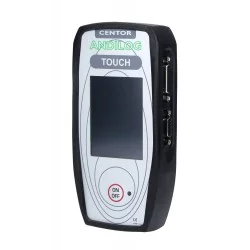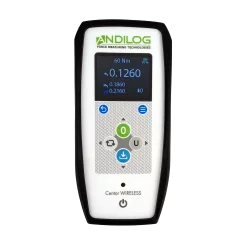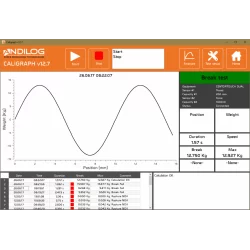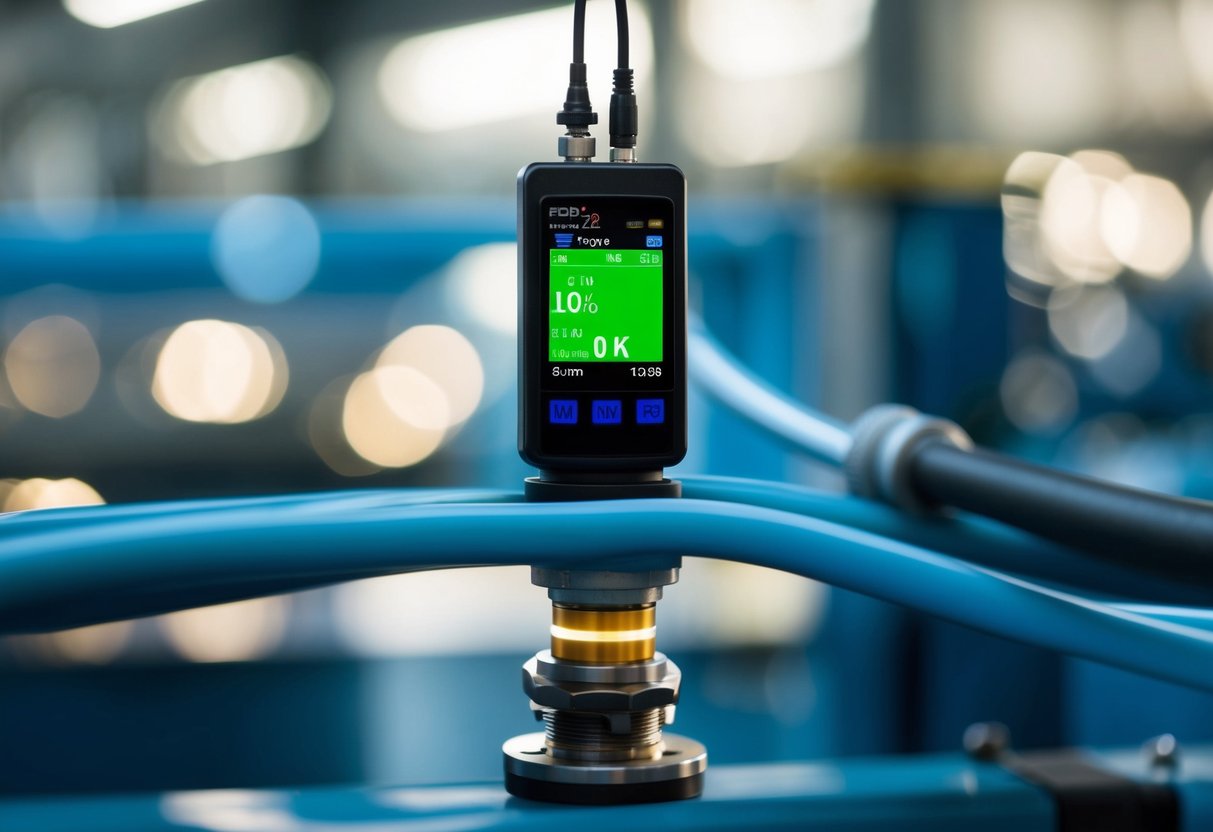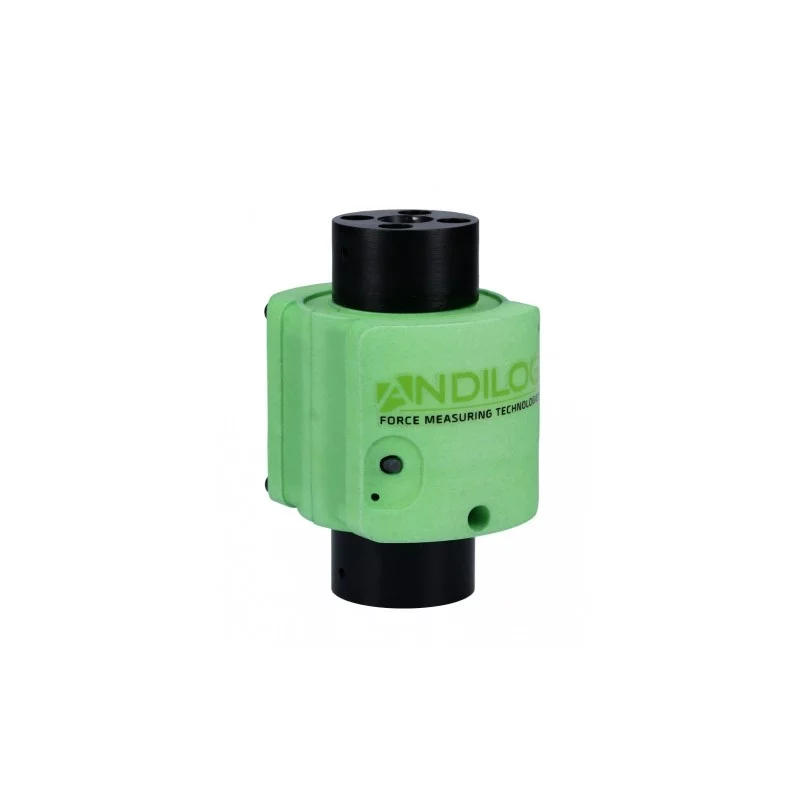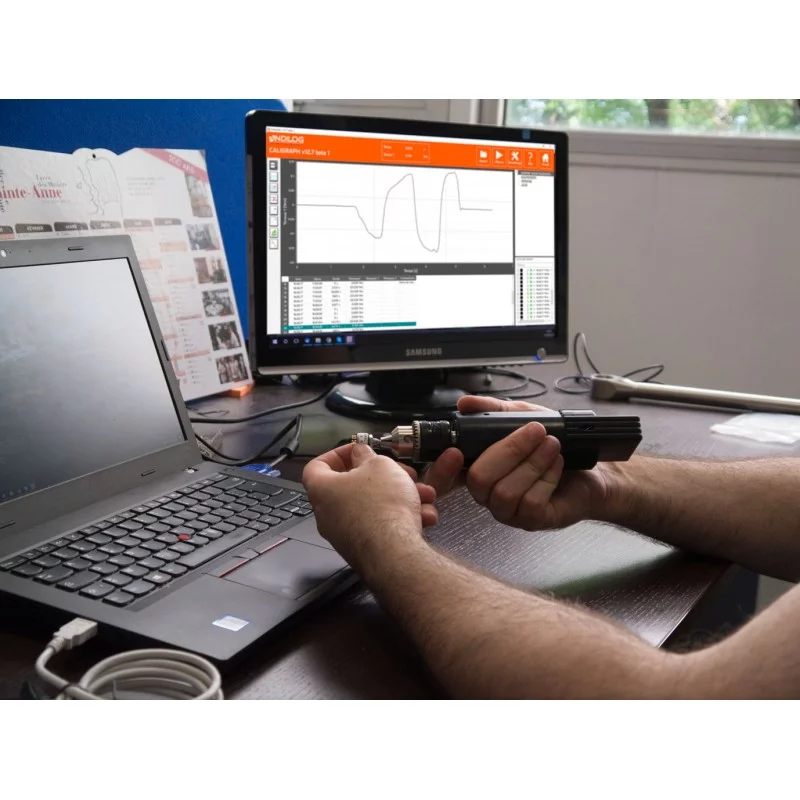Equipped with Bluetooth technology, our wide range of wireless force and torque sensors allows you to take measurements remotely, connected to one of our displays or directly to a PC. Our sensors offer a data transfer rate of up to 1,000Hz and an open-field range of 20 meters. We can adapt this technology to any strain gage sensor.
If you'd like to find out more about our wireless sensors or find a suitable solution, Andilog is easily accessible via several channels:
- Visit our online site: Browse our full range of products at your leisure on our website
- Online chat: For an initial contact or to receive a quote on a load cell, feel free to use our chat at bottom right
- Email us: For detailed questions or specific requests, contact us at info@andilog.com
- Call us: Speak directly to our customer service team on 04 42 34 83 40 for immediate assistance.
Each of these options gives you comprehensive support tailored to your needs, whether you're looking for product details, need help with a purchase or require technical assistance.



